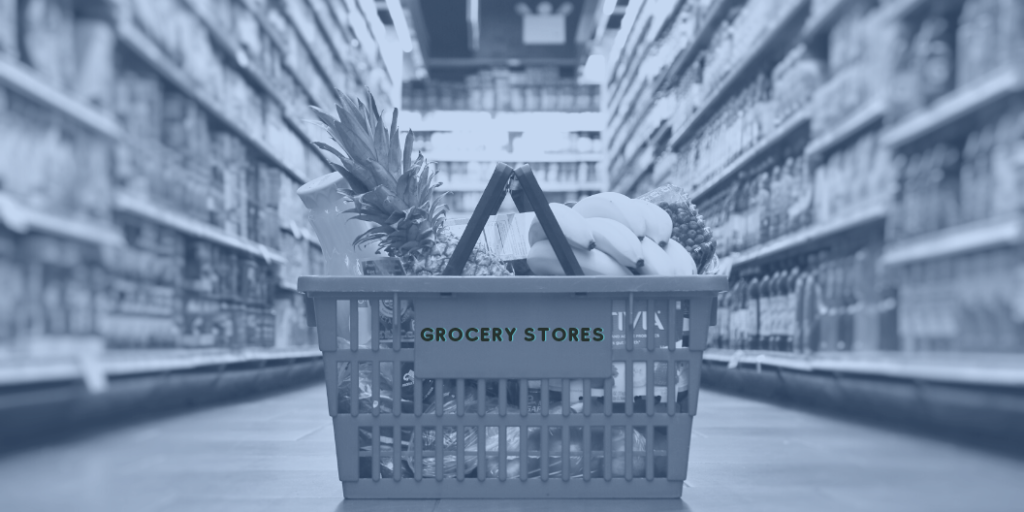Valentine’s Day is nearly here. Couples of all ages will exchange cards and roses, before heading out for a romantic dinner for two. A dozen roses, which normally sells for around $4 a stem throughout the year, will sell for nearly twice that on Valentine’s Day. Meanwhile, restaurants offer special holiday menus with increased prices for those candlelit, romantic dinners.
While the higher prices may be off-putting to some couples, the increased prices perform an important market function. Like surge-priced taxis, the higher-priced accoutrements of love help ensure that these items are available to anyone willing to pay the price. If prices remained low, items and reservations would quickly be grabbed up, creating a shortage in the market.
Are Roses Worth $8 a Stem?
Consumers love when supply and demand works in their favor. Competition between stores like Target and Walmart help keep prices low on thousands of items. Add in the Amazon option, and consumers can generally count on high supplies coupled with lower prices.
However, when demand skyrockets and prices aren’t held down through artificial means like government regulations, the same principles that keep prices low dictate that prices must increase. The value of a rose is directly tied to how badly someone needs them. For the significant other who demands roses one day a year, $8 a stem may be a small price to pay.
How Much is Too Much?
With a dynamic pricing engine in place, retailers and restaurateurs can have a better sense of price ceilings. Dynamic pricing engines can scan the competition and consider previous year’s pricing when it determines the right price one should charge for dinner for two, or a dozen roses.
For those who forego dynamic pricing engines, and simply go with their gut, there’s one easy way to know if they were on target with their pricing. If their inventory sold out too early, they priced too low. If they were left with open tables and dozens of unsold flowers, they were priced too high.








